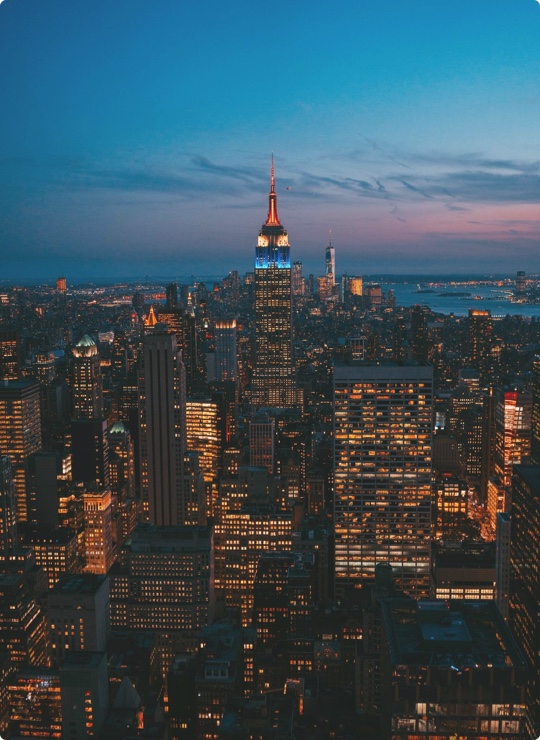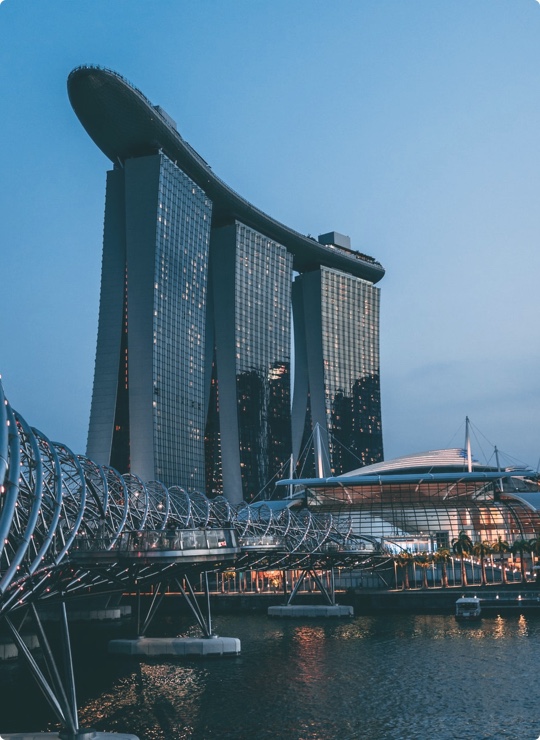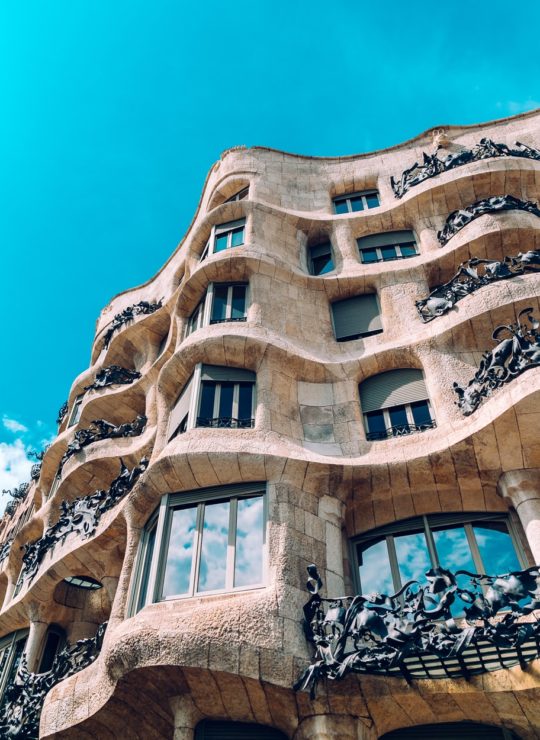| Luneta Hotel | |
|---|---|
 | |
 The façade of Luneta Hotel | |
| General information | |
| Status | Completed |
| Architectural style | French Renaissance |
| Address | Kalaw Avenue |
| Town or city | Ermita, Manila |
| Country | Philippines |
| Coordinates | 14°34′47″N 120°58′41″E / 14.5798°N 120.9781°E |
| Completed | 1919 |
| Closed | 1987 reopened in 2014 |
| Technical details | |
| Floor count | 6 |
| Design and construction | |
| Architect(s) | Salvador Farre |
| Website | |
| www | |
National Historical Landmarks | |
| Official name | Luneta Hotel on T. M. Kalaw Street, Ermita Manila |
| Type | Hotel |
| Designated | May 6, 1998 |
| Legal basis | Resolution No. 1, s. 1998[1] |
| Region | National Capital Region |
| Marker date | May 9, 2014 |
The Luneta Hotel is a historic hotel in Manila, Philippines. Named after its location across from Luneta (Rizal Park) on Kalaw Avenue in Ermita, it is one of the remaining structures that survived the Liberation of Manila in 1945.[2] The hotel was completed in 1919. According to the study by Dean Joseph Fernandez of the University of Santo Tomas, the hotel was designed by the Spanish architect-engineer Salvador Farre. The structure is the only remaining example of French Renaissance architecture with Filipino stylized beaux arts in the Philippines to date. After being closed down and abandoned in 1987, the hotel was relaunched in May 2014.[2]
History
[edit]
The hotel was designed by the Spanish architect-engineer Salvador Farre in French Renaissance Belle Epoque style and completed in 1919.[3]
Initially, the hotel was run by its owner L. Burchfield and general manager F.M. Lozano. Being near the Port of Manila, the hotel was popular with Navy officers and sailors of the Merchant Marines. It gained international fame due to hosting the delegates for the 33rd International Eucharistic Congress, held at Luneta Park, the first International Eucharistic Congress in Asia.[3]
Architecture
[edit]Designed by Spanish architect Salvador Farre, the Luneta Hotel on Kalaw Avenue was built in 1919. It symbolized the new influence that the Americans brought to the country. As once described by cultural writer and conservationist Bambi Harper wrote about its architecture.[2]
President Dwight Eisenhower wrote about the Luneta Hotel's beauty:
This Luneta was for more than 4 years the scene of my habitual evening walks. To this day it lives in memory as one of the most pleasant, indeed even one of the most romantic spots, I have known in this entire world. Leaving the front entrance of the Luneta Hotel in the evening, I could walk to the right to view the busy docks where Philippine commerce with the world was loaded and unloaded. From the hotel, looking across the peaceful waters of Manila Bay, I could see the gorgeous sunsets over Miravales. Walking toward the Club of the Army and the Navy, and looking down toward the city itself, I nearly always paused for a moment before the statue of the great José Rizal before returning to my quarters.[4]
See also
[edit]References
[edit]- ^ Fernandez, John Joseph T. "Methods and Strategies in the Rehabilitation of the Luneta Hotel" (PDF). Lunds Tekniska Högskola. Lund University. Retrieved September 13, 2024.
- ^ a b c Sauler, Erika (May 11, 2014). "Luneta Hotel Revival Hailed: 'Like Stepping into Paris'". Inquirer.net. Philippine Daily Inquirer. Retrieved May 31, 2014.
- ^ a b Esguerra, Geolette (January 5, 2019). "Architecture of memory: a brief history of the Luneta Hotel". ABS-CBN News Channel.
- ^ Cristobal, Geronimo. "Luneta Hotel and the Beautiful Era" (PDF). Heritage Conservation Society. Archived from the original (PDF) on May 13, 2014. Retrieved May 31, 2014.
External links
[edit]![]() Media related to Luneta Hotel at Wikimedia Commons
Media related to Luneta Hotel at Wikimedia Commons


 Français
Français Italiano
Italiano



